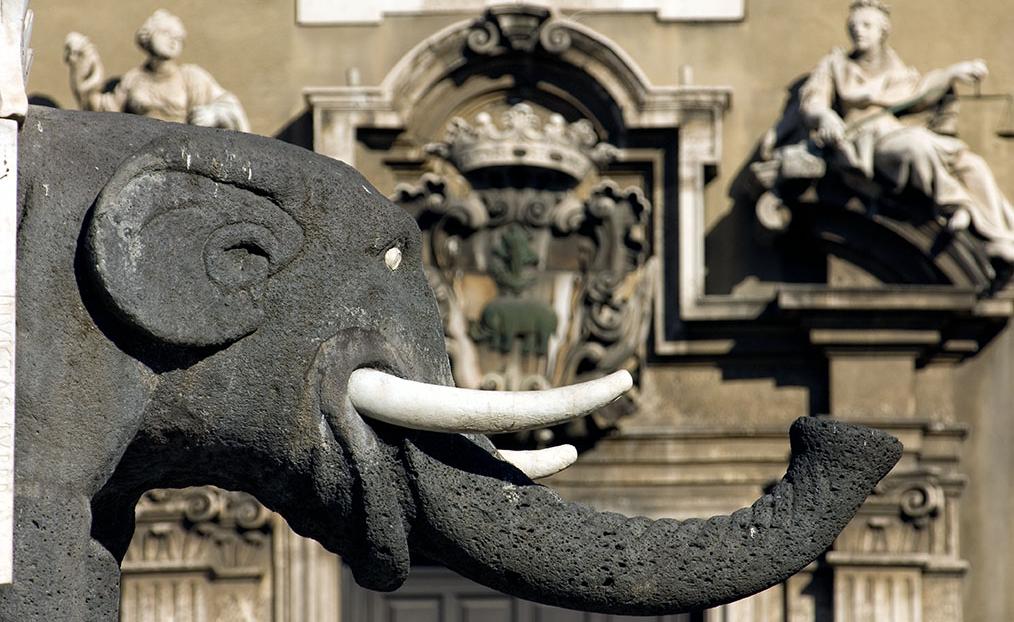The history of Catania dates back to 729 BC when it was founded by Chalcis. The city tells its visitors a long history, notable for the many cultures that have left lasting traces in his artistic, cultural and architectural roots.
Catania is a solemn city with its architectural gems, which recall its past as a capital of the Kingdom of Sicily during the Aragonese dynasty.
Its historic center is rich in Baroque buildings and in 2002 it was listed among UNESCO sites.
Catania's landscape is vast and diverse, since it alternates a wide flat area, the so-called Piana di Catania, with mountains. The 'Chiana' is one of the largest areas of Sicily used for cultivation.
Along the Eastern coast, Catania overlooks the Ionian Sea, culminating at the foot of the tallest active volcano in Europe, Mount Etna.
Catania has been repeatedly damaged by severe volcanic eruptions and earthquakes; the most terrific one was in 1693, when the city was completely destroyed.
Catania also features a nature reserve of about 2,000 hectares, the Oasis of the Simeto, created in 1984, which takes its name from the river that flows in the Southern part of the city.
Mt. Etna is sunny during summer and snowy during winter and offers unforgettable breathtaking sceneries to those who visit it. Catania enchants its visitors with its historical, artistic and archaeological sites, the baroque churches and palaces, the charming Duomo Square, the Food & Wine traditions and the traditional Sicilian welcome.
Catania is a city that fascinates and never disappoints.

